#sea animal facts
Note
MY ASK GOT EATEN?? NOOOOOOOOO
I asked for a type of shark but I forgot it's name it starts with an h (hexanchiformes) and doesn't even end with shark (hexanchiformes) it's just a word.. ANYWAYS!
MILK SHARK!!! Pease (HEXANCHIFORMES)
(I CANT SEND PICS CUZ IM ANON BUT IM MAKING THIS FACE https://pin.it/59v9wfswN )
-BAT!!!
OH MY GOSH IM SORRY BAT I DIDNT MEAN IT FORGIVE ME PLEASE
DYK…
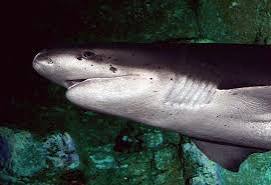
hexanchiformes eat bony fishes, other sharks, rays, chimaeras, squid, crabs, shrimp, and carrion.
hexanchiformes maximum published weight is 1,300 pounds (590 kg).
hexanchiformes are a primitive order of sharks,that numbering just seven extant species in two families
milk sharks is a species of requiem shark, and part of the family, Carcharhinidae, whose common name comes from an Indian belief that consumption of its meat promotes lactation.
#double facts go hard#save the sharks#marine life#sea creatures#sea#aquatic#sealife#marine biology#water#ocean#sharks#shark#the life of sharks#milk shark#shark facts#milk shark facts#marine facts#marine animals#deep sea#sea animal facts#sea animal#fun facts#sea animals#marine#nature#animal#animal facts#cool animals#zoology#science
22 notes
·
View notes
Text
earth fact time. this is NOT A DRILL! two great white sharks have become best friends!! their names are simon and jekyll and they've travelled together for over 4,000 miles. this is a huge discovery, because great white sharks are usually solitary creatures!
an important note is that these sharks aren't swimming side by side, and are usually a couple kilometres off from each other - but their trackers kept pinging in the same part of the ocean at the same time. scientists think they might be brothers, or following a previously unknown migratory path.
business insider | cbc
(edited 08/10/23 to fix spelling of jekyll's name)
#aquatic#earthposting#facts!#biology#marine biology#marine life#zoology#sea life#sea animals#marine animals#fish#fishblr#sharks#great white shark#earth fact no. 16#simon and jekyll
4K notes
·
View notes
Note
can you do one about vampire squids ? 🦑

Vampyroteuthis infernalis or Vampire Squid
It's (very dramatic) scientific name means "vampire squid from hell". However, the vampire squid is not actually a squid! It's actually the only animal in the Vampyroteuthidae family! It's separated into its own family because it can't change color or produce ink. Instead, it turns itself "inside out" (as shown above) to deter predators.
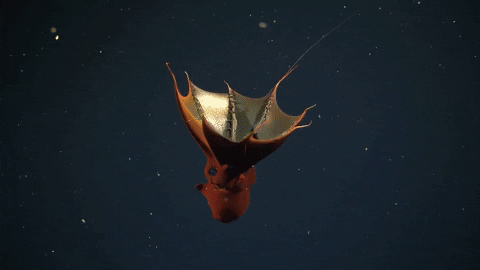
Proportionally, vampire squids also have the largest eyes compared to their body size! They eat mostly zooplankton, marine snow, and other organisms waste. They grow to be about the size of a football and live to be around 8 years old.

There's even evidence that vampire squids have been around since the Jurassic period- almost 200 million years ago!
#marine biology#marine ecology#animals#science#biology#animal facts#wildlife#marine life#ocean#fun facts#vampire squid#cephalopods#sea creature#squid#sea animals#sea creatures#sea animal#cool animals#zoology#ichthyology#sea#seas#oceans#the ocean#deep sea#jurassic period#fun animal facts#weird animal facts
1K notes
·
View notes
Text
Daily fish fact #743
Wahoo!

This speedy pelagic fish seems to be attracted to flotsam and tall objects! They're broadcast spawners, releasing their eggs into open water without any parental care.
#fish#fish facts#fishfact#fishblr#marine life#marine biology#marine animals#sea animals#sea life#sea creatures#biology#zoology#wahoo#wahoo fish#i changed my mind :] wahoo for all!
617 notes
·
View notes
Text
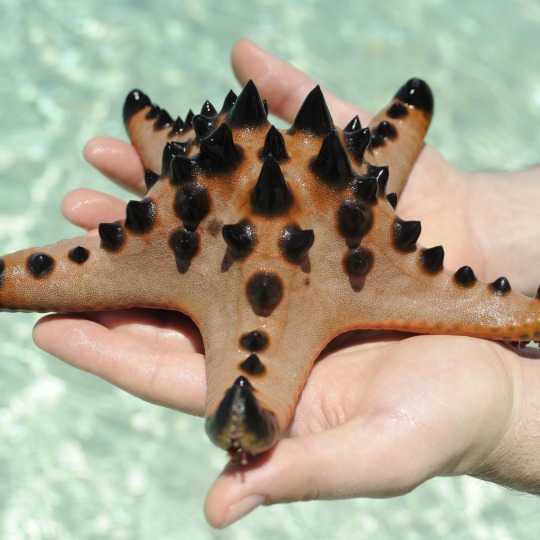
🍪 Feeling hungry? Well, despite its name, the chocolate chip sea star (Protoreaster nodosus) probably wouldn’t taste very good. To start, those “chips” aren't chocolate at all… they’re tubercles, or knobs, and they’re unique to each sea star. No two individuals have the same arrangement of tubercles!
Like many other sea stars, this marine invertebrate eats by pushing its stomach out of its mouth, covering its meal, and then digesting it externally. This critter inhabits the warm waters of the Indian Ocean and Pacific Ocean, where it might be spotted around coral reefs or seagrass beds. It can grow up to 12 inches (30 cm) across.
Photo: woodgreg, CC BY-NC 4.0, iNaturalist
#sea star#starfish#marine biology#cookie#chocolate chips#chocolate chip cookies#science#nature#natural history#animals#paleontology#cool animals#weird animals#marine biodiversity#ocean life#invertebrates#fact of the day#did you know
603 notes
·
View notes
Text
Idk about y’all but valentines memes have been my favorite part of the holiday since I was an inappropriately young child on the internet
So I made some cephalopod themed ones for your enjoyment <3

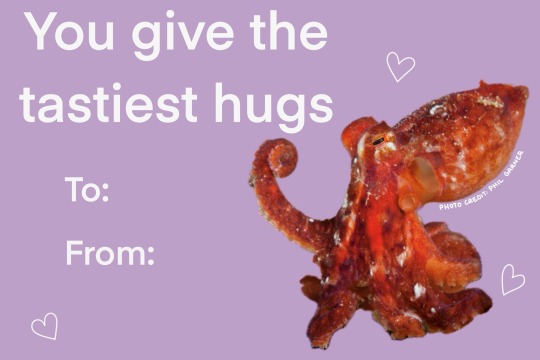




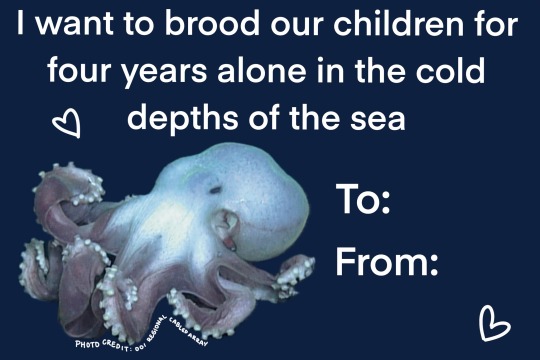



These puns are ones that did not make the cut for our actual Valentine’s Day cards shown in the last image
Purchase them at squidfacts.bigcartel.com <3
#cephalopods facts#cephalopod#cephalopods#squid#octopus#cuttlefish#nautilus#marine animals#marine biology#ocean animals#oceancore#ocean memes#marine memes#marine biology memes#valentines day#valentines cards#deep sea#marine biology shitpost
465 notes
·
View notes
Text
nature is interesting
song
#tw death#tw violence#tw extreme violence#tw violent imagery#tw gun#tw blood#tw gore#sharks#shark#sea life#marine biology#sea animals#sea creatures#shark facts#fun facts#fun fact
383 notes
·
View notes
Text


Most sharks are negatively buoyant, meaning they naturally sink in water. However, in 2015, two deep sea sharks - the bluntnose sixgill shark (top) and the prickly shark (bottom) - were discovered to be positively buoyant, meaning they naturally float in water.
This could have one of two purposes: aiding stealth hunting by enabling them to ambush prey from below by motionlessly rising towards them; or for migrating to warmer waters closer to the surface at night to warm up the muscles (to then actively swim back down to colder waters during the day).
#marine animals#marine biology#shark#sharks#shark facts#fish facts#sharkblr#fish#fun facts#science#deep sea#bluntnose sixgill shark#prickly shark#deep sea fish
314 notes
·
View notes
Text
🐠 Daily Fish Fact: 🐠
The Oarfish is the longest bony fish alive, growing up to 56ft in length. Their rarity and large size, along with occasional beachings of oarfish after storms, and their habit of lingering at the surface when sick or dying, make oarfish a probable source of many sea serpent tales.
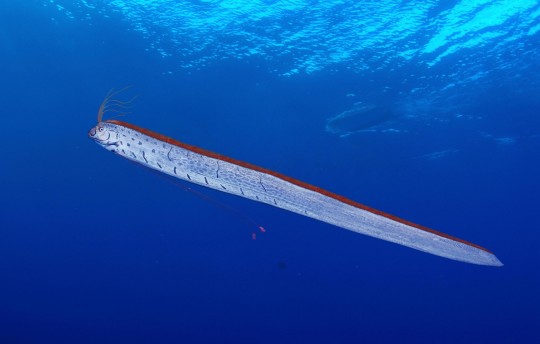
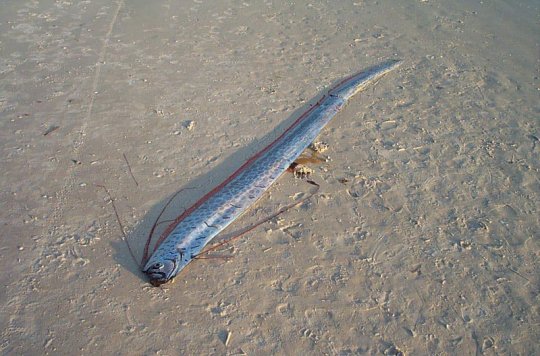
#oarfish#sea serpent?#long boi#rare fish#fish#ocean#marine#ocean life#marine life#marine animals#ocean animal#marine biology#respect the locals#fish facts#daily fish fact#daily fish#fish post#shark blog#deep sea#deep sea fish
303 notes
·
View notes
Text
brown shysharks!

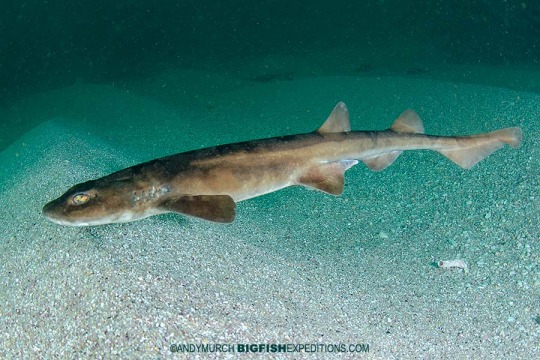
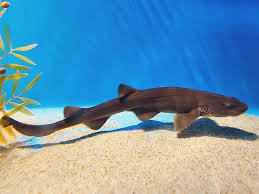
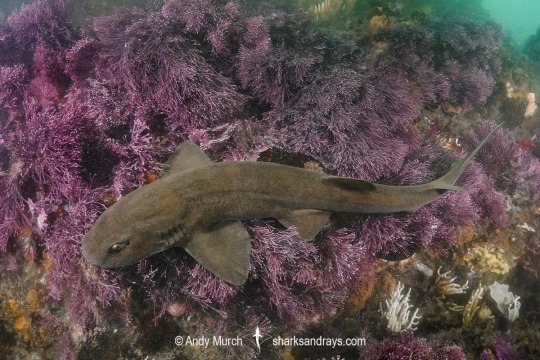
brown shysharks are a species of catshark and they reside in the coastal, shallow waters of south africa!
when frightened, this shark curls up with its tail over its eyes, hence the name shyshark
they are around 60-68 cm long and they feed on bony fish and lobsters!
they are typically found in shallow rocky zones to a depth of 110 feet (35m)
they are the largest of all species of catshark
the brown shysharks’ predators are larger sharks and fish, as well as the egg-case-eating mollusks!
#marine biology#sea life#ocean#marine life#sea creatures#shark#sharks#brown shyshark#facts#animals#coastal sea#coral reef#reef animals#reef sharks
939 notes
·
View notes
Text
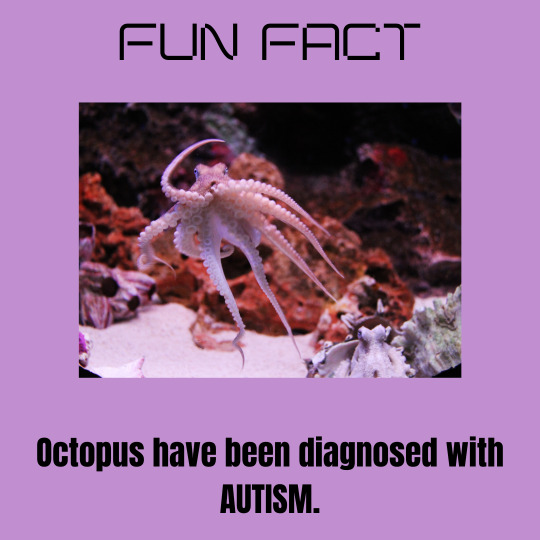
797 notes
·
View notes
Text

Convergent evolution is the evolution of 'analogous' or similar structures in organisms that are not closely related. Such as the wings of insects, birds and bats.
One potential example of this is the Diplomoceras maximum, an extinct squid-like creature who is clearly analogous to, or a distant cousin of Clippy the paperclip.
This amazing creature lived 68 million years ago, with the most notable fossil found at the cephalopod rich López de Bertodano Formation of Seymour Island, Antarctica. An area that was formerly warmer before further movement of tectonic plates.
The fossil shell measured an impressive 1.5 metres and is formed from ridges, speculated to grow a section annually. These ribs are thought be similar to tree rings, being used for dating samples and gaining insight about the environment of the prehistoric sea, such as measuring the carbon and oxygen isotopes in the shell.
Paleoart by James McKay
#marine biology#marine life#marine animals#ocean animals#marine zoology#cephalopods#molluscs#paleontology#fossils#ocean#wet beast wednesday#marine ecosystem#marine#zoology#animal facts#animalia#animal#sea animals#sea creature#sea creatures#sea life#ocean life
201 notes
·
View notes
Text
Like, I know tube worms are worms. I know that. But.

I think actually they're Ahh! Real Monsters more than anything else, you know?

Giant tube worms are an iconic resident of hydrothermal vents. Hydrothermal vents are extremely cool, because they're one of the uncommon ecosystems that can survive independently from the sun!
Sure, lots of ecosystems live in the dark, but a lot of the food in those ecosystems, at their base, come from sunlight. Something at the surface consumes sunlight, makes energy, then dies and falls or gets eaten by something that swims downward, etc.
These giant tube worms are full of bacteria that are able to eat the chemicals that seep out from the nutrient-rich plumes created by the geology of hydrothermal vents. Basically, the seafloor has cracks, water falls into those cracks, the water gets super hot from the magma below, picks up minerals, then spews out in these different kinds of "plumes". Some are full of iron oxide and come out super dark (Black Smokers), whereas others, full of barium, calcium, and silicon are white (you guessed it, White Smokers). The tube worms live in communities with other deep sea weirdos like Yeti Crabs, clams, and many more.
Hydrothermal vents aren't the only places in the ocean where bacteria (sometimes paired with animals, sometimes on their own) make energy straight from chemicals, but they're probably the most iconic!
#Deep Sea#biology#Animal facts#Tube worms#Have you ever really looked at your worm man#Chemosynthesis
449 notes
·
View notes
Note
Any fun facts about basking sharks? (Really big sea puppies)

Cetorhinus maximus or Basking Shark
These are the second largest shark and fish in the world (after the whale shark), they can grow to be 12 m (40 ft) long!
Also like whale sharks, they're ram filter feeders. This means that to catch prey, they simply open their mouths, swim forward, and catch whatever happens to get in their way! This is why they (and other ram filter feeders) tend to have such large mouths. The basking sharks mouth can be up to 1 m (3ft wide).

While sharks are mostly thought to be solitary creatures, a lot of species do school and the basking shark is one of them! They're usually divided by sex (except during periods of mating), and schools of over 100 females have been spotted!


And probably the coolest fact about them- THEY CAN JUMP OUT OF THE WATER. Despite weighing around 5,000 kg (approx. 11,000 lbs) they can breach 1.2 m (4 ft) into the air! It's believed they do this as a method to remove parasites.
#marine biology#marine ecology#animals#science#biology#animal facts#wildlife#marine life#ocean#fun facts#shark#sharks#basking shark#cool sharks#sea creatures#sea animals#marine animals#fish#chondrichthyes#cool animals#cute animals#ecology#zoology#ichthyology#whale shark#sea puppies
1K notes
·
View notes
Text
Daily fish fact #714
Mandarinfish!

The mandarinfish is one of the only vertebrates to produce blue cellular pigment! Most other blue vertebrates’ colour is caused by structural colouration, as in microscopic structures that reflect, refract and otherwise alter light. The mandarinfish and its relative psychedelic mandarinfish possess cyanophores, however, which contain blue pigment itself!
#fish#fish facts#fishfact#biology#zoology#marine biology#marine life#marine animals#sea creatures#sea animals#sea life#mandarinfish
724 notes
·
View notes
Text

Meet the Caribbean reef octopus (Octopus briareus)! This reef-inhabiting cephalopod lives in warm shallow waters, spanning southern Florida to the Caribbean, through to South America’s northern coast. It’s distinguished by its eye-catching blue coloring, but this master of disguise can change its looks in an instant. Like other octopuses, it uses pigmented cells in its skin, called chromatophores, to alter its appearance. When confronted by a foe, such as a shark, it may emit a cloud of unpleasant-tasting ink to deter its enemy from further pursuit.
Photo: francoislibert, CC BY-NC-SA 4.0, iNaturalist
#science#natural history#nature#animals#ocean life#octopus#fish#sea creatures#coral reef#did you know#fact of the day#animal facts#marine biology#cool animals#camouflage
859 notes
·
View notes